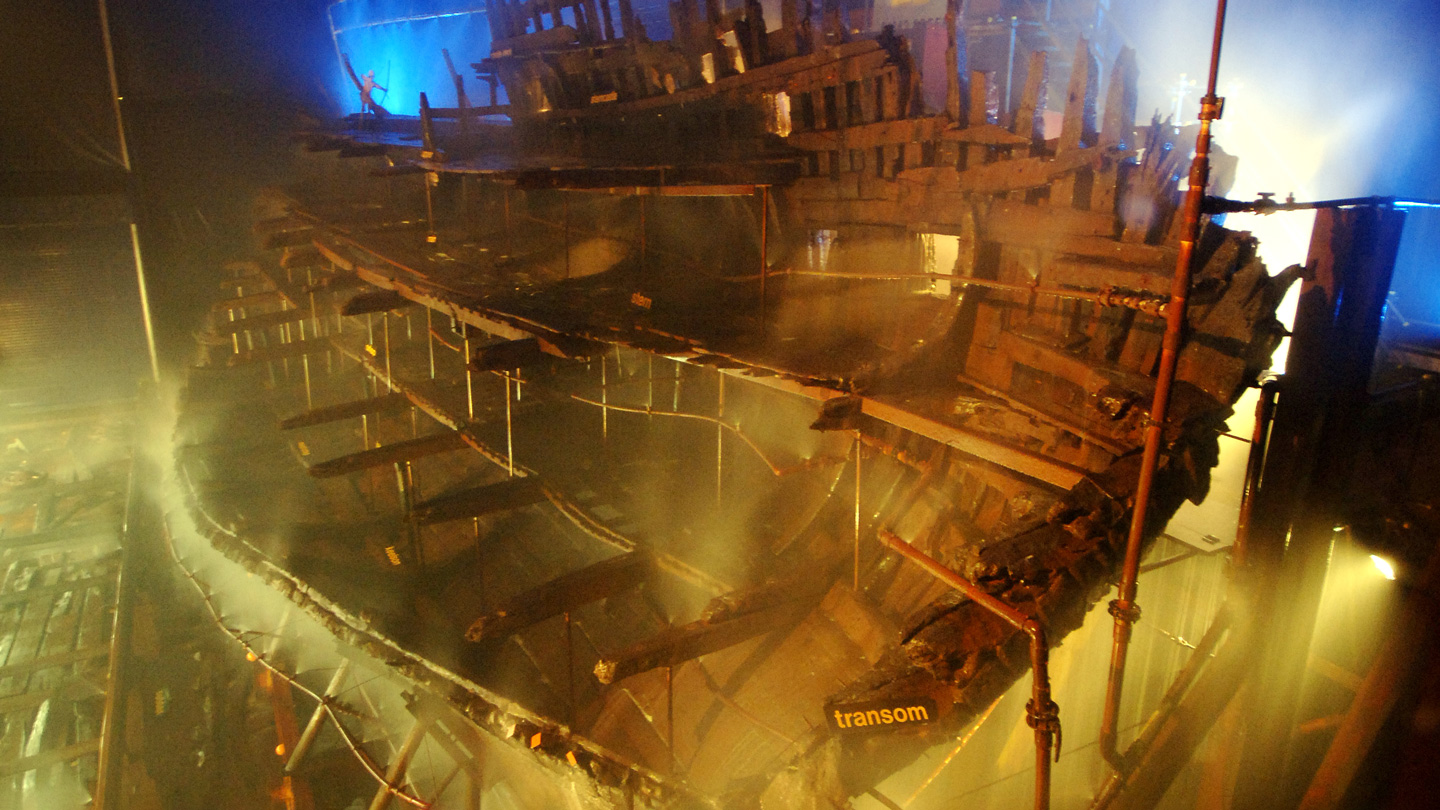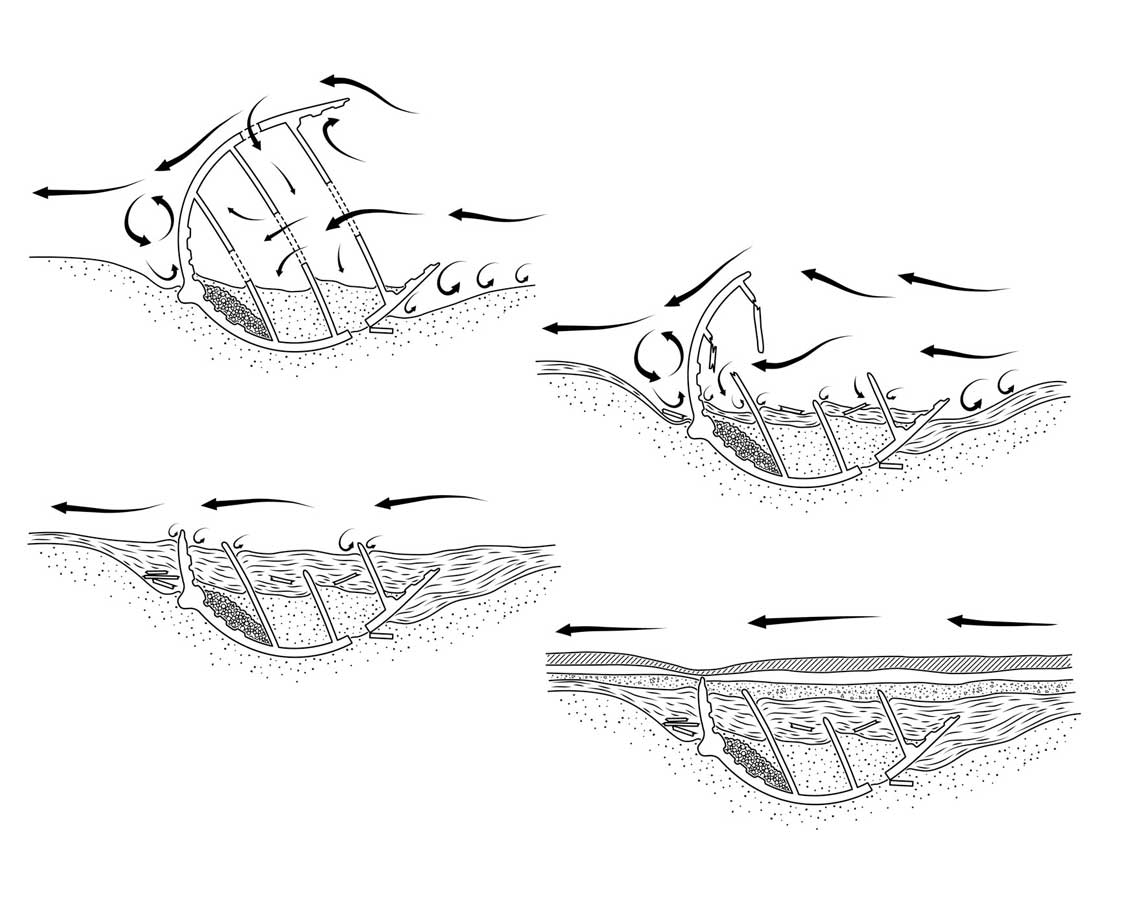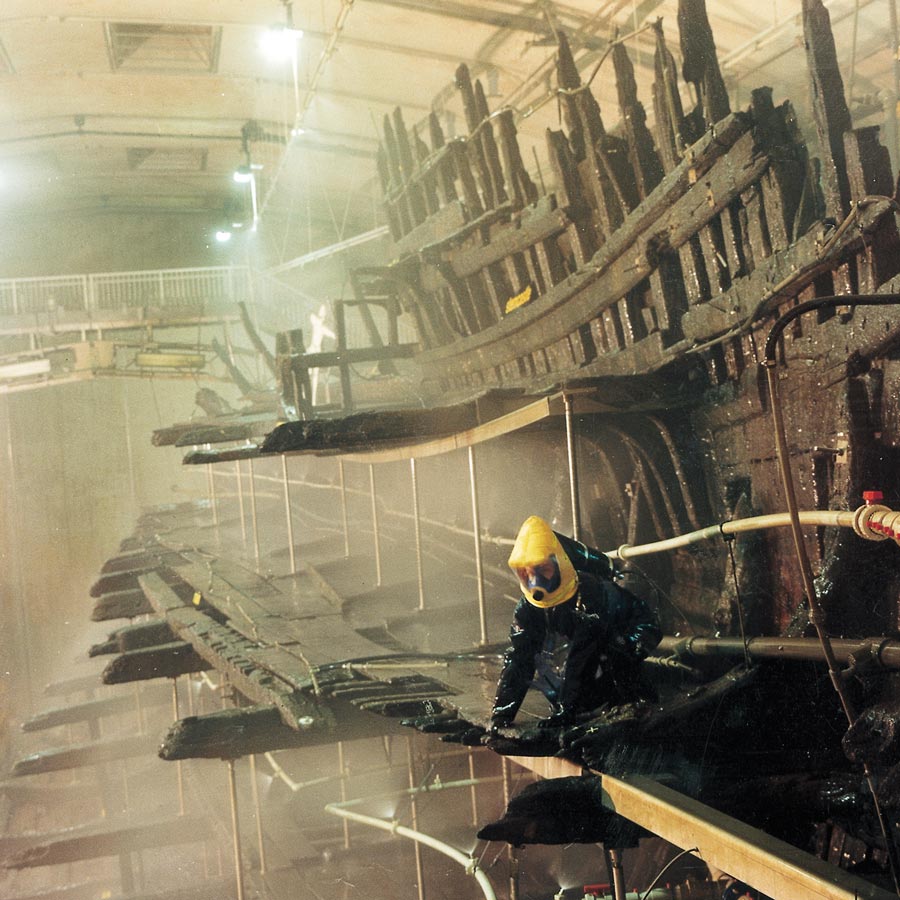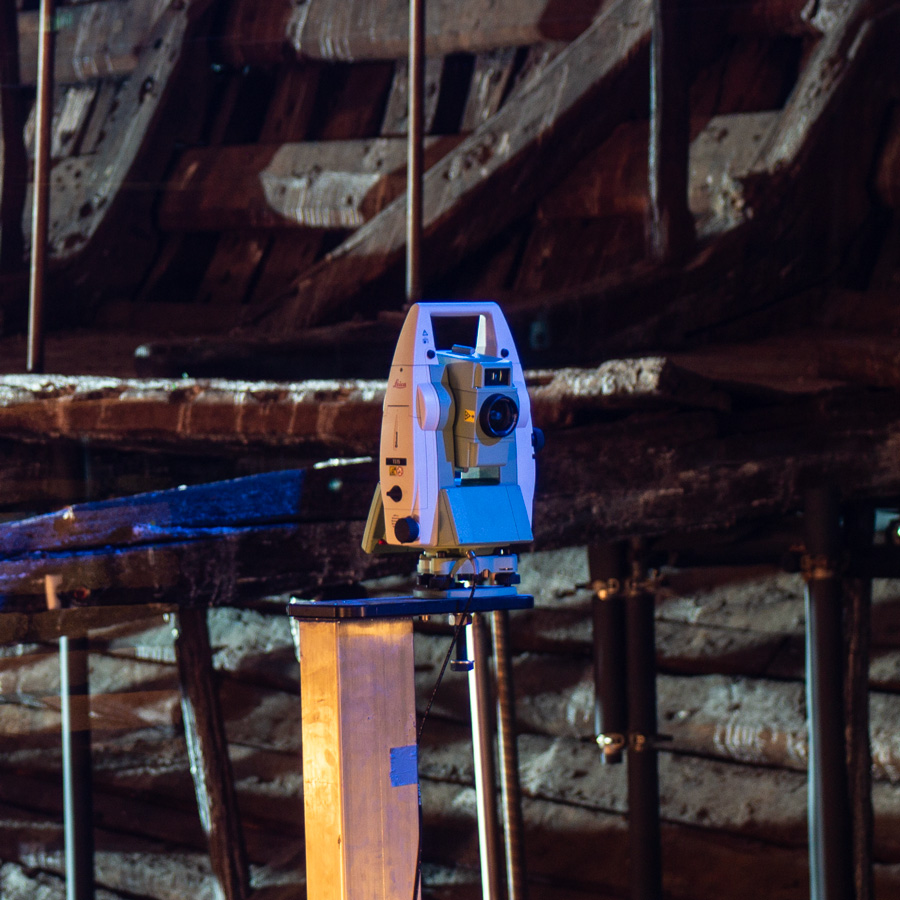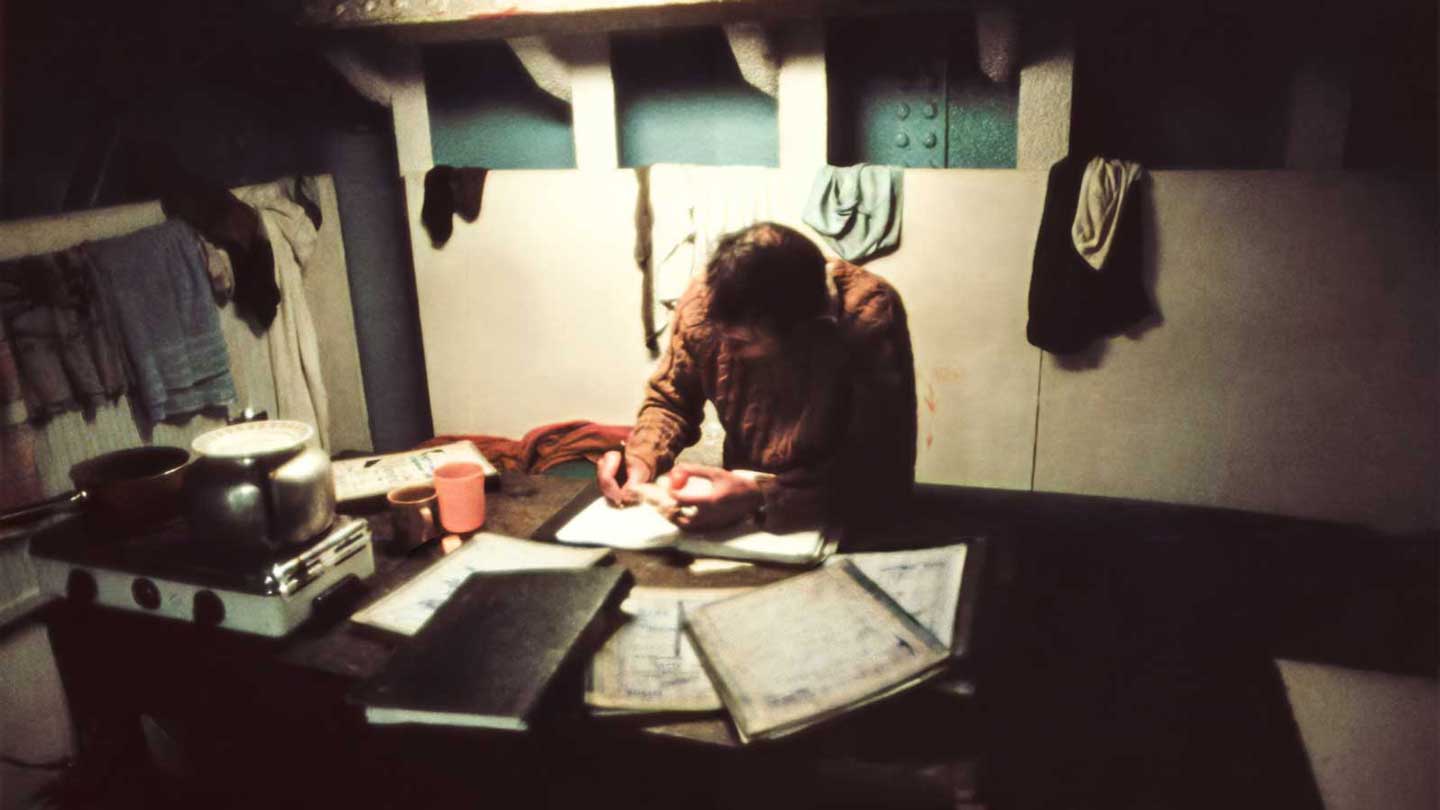Time has had a big effect on the hull of the Mary Rose. Half the hull was eroded and eaten away while it was under the sea for over 400 years. It took 34 years of treatment to conserve the Mary Rose and since 2016 we have been monitoring the hull over time to ensure we can spot any future risks to it.
The Mary Rose sank in 1545 and came to rest on her starboard side. Silt, sand and seaweed entered the ship through open gunports eventually filling the hull, protecting and preserving many of the objects within. The wood of the portside that wasn’t covered by silt was gradually burrowed into and weakened by sea creatures like Limnoria (gribble) and Teredo (shipworm). The tides and currents of the sea then wore away at the weakened wood and the portside collapsed.
